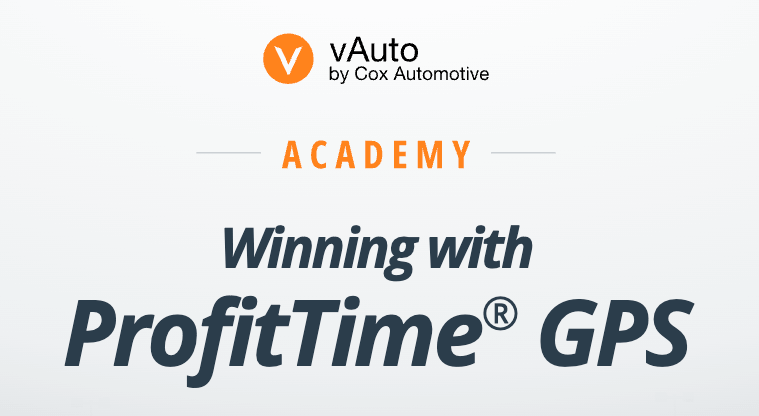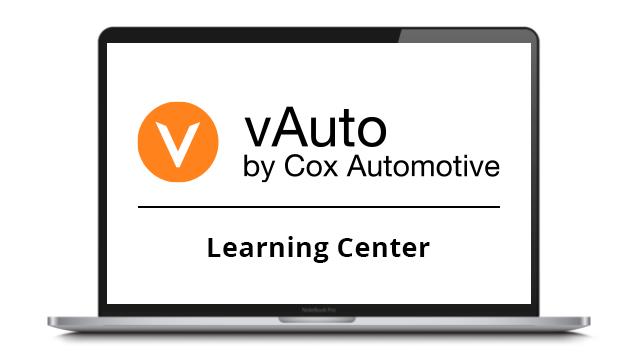New and Used Car Inventory Trends
The U.S. automotive industry has completely transformed over the past few years, affecting new and used car inventory, prices and sales volumes. Here’s a look at the recent data trends and how to optimize your dealership’s inventory in the continually volatile marketplace.
What’s Happening with New Cars
New Car Inventory Finally on the Rise
We all remember the time before the pandemic, when about 3.5 million new vehicles were either available for sale or in transit. Then the bottom fell out, due to factory shutdowns and supply chain shortages that limited production. New car inventory levels hit their low point of approximately 854,000 in September 2021.
The number of new vehicles has made a comeback, reaching 1.96 million at the end of May and settling at 1.95 million at the end of June — but it’s still a long way from its pre-pandemic high. In fact, we might never see new car inventory levels fully recover. Some automakers have even said they’ll continue to limit the availability of new vehicles in an attempt to sustain their high profits.
Higher New Car Inventory Levels for Luxury and Electric Vehicles (EVs)
Given current economic uncertainties, it’s not surprising that dealers have the highest days’ supply of vehicles with the highest price tags. By the end of June, luxury vehicle inventory reached 310,304, with a 62 days’ supply. In contrast, non-luxury vehicle inventory totaled 1.64 million, with a 52 days’ supply. And with an average listing price of $63,486, EVs — excluding Tesla, which sells direct to consumers — hovered at a 103 days’ supply.
New Car Prices and Sales Volume Falling
The inventory shortage that started during the pandemic pushed new car prices to new heights, though they’ve already started to come back down. In March, the average transaction price (ATP) for a new vehicle finally dipped below MSRP for the first time in 20 months. By the end of June, the average asking price hit $47,571, and the ATP for the month was $48,808. To help make these vehicles more affordable, incentives also increased in June and reached their highest point — 4.2% of ATP — since October 2021. Even so, experts at Cox Automotive predict more slowdowns in new vehicle sales through the end of the year.
What It Means for Car Dealers
As new car inventory levels continue to slowly rise and new car prices and sales fall, it will become even more important to use the data available to you to maximize your profitability on every transaction. vAuto’s Conquest™ tool gives you 100% of the data you need to guide your new car pricing, along with merchandising and promotion decisions, to help you increase your new vehicle sales in spite of market trends. See our June blog post for more ways to capitalize on the return of new car inventory.
Trends Among Used Cars
Used Car Inventory Stabilizing
Total used car inventory levels are still low overall but holding steady. At the end of June, there were 2.22 million used vehicles sitting on franchise and independent dealer lots across the country. That number is slightly higher than in May but 10% lower than a year ago. Days’ supply at the end of June was 47 — a number that’s held for the past several months and is typical for this season. And as with new cars, used car inventory levels remain higher for higher-priced segments, with a days’ supply of 31 for used vehicles under $10,000.
Used Car Prices Falling
Mirroring the new car market, pandemic-related inventory shortages also inflated used car prices, with the average price paid in late 2021 reaching nearly $30,000. Listing prices went up and down throughout 2022 but remained elevated overall. And after an increase in used car prices around tax season in 2023, they’ve fallen again, though more slowly — hitting an average of $27,147 by the end of June. Wholesale prices have also declined.
What It Means for Car Dealers
Overall, the steadiness of used car days’ supply shows that dealers have struck a balance between their used car inventory and their sales rate. But as the year progresses, used car prices might continue to fall, making margin compression even more of an issue for your dealership. You and your team will need a tool like vAuto’s ProfitTime® GPS to help you optimize each vehicle’s profit potential.
To learn more about how vAuto’s tools can help you optimize your new and used car inventory, request a demo today.

















